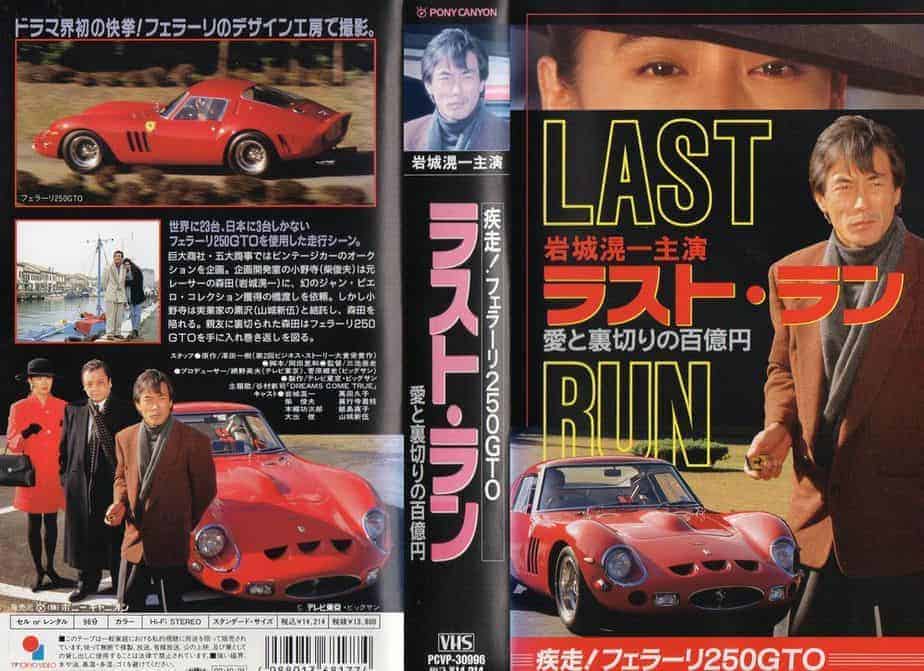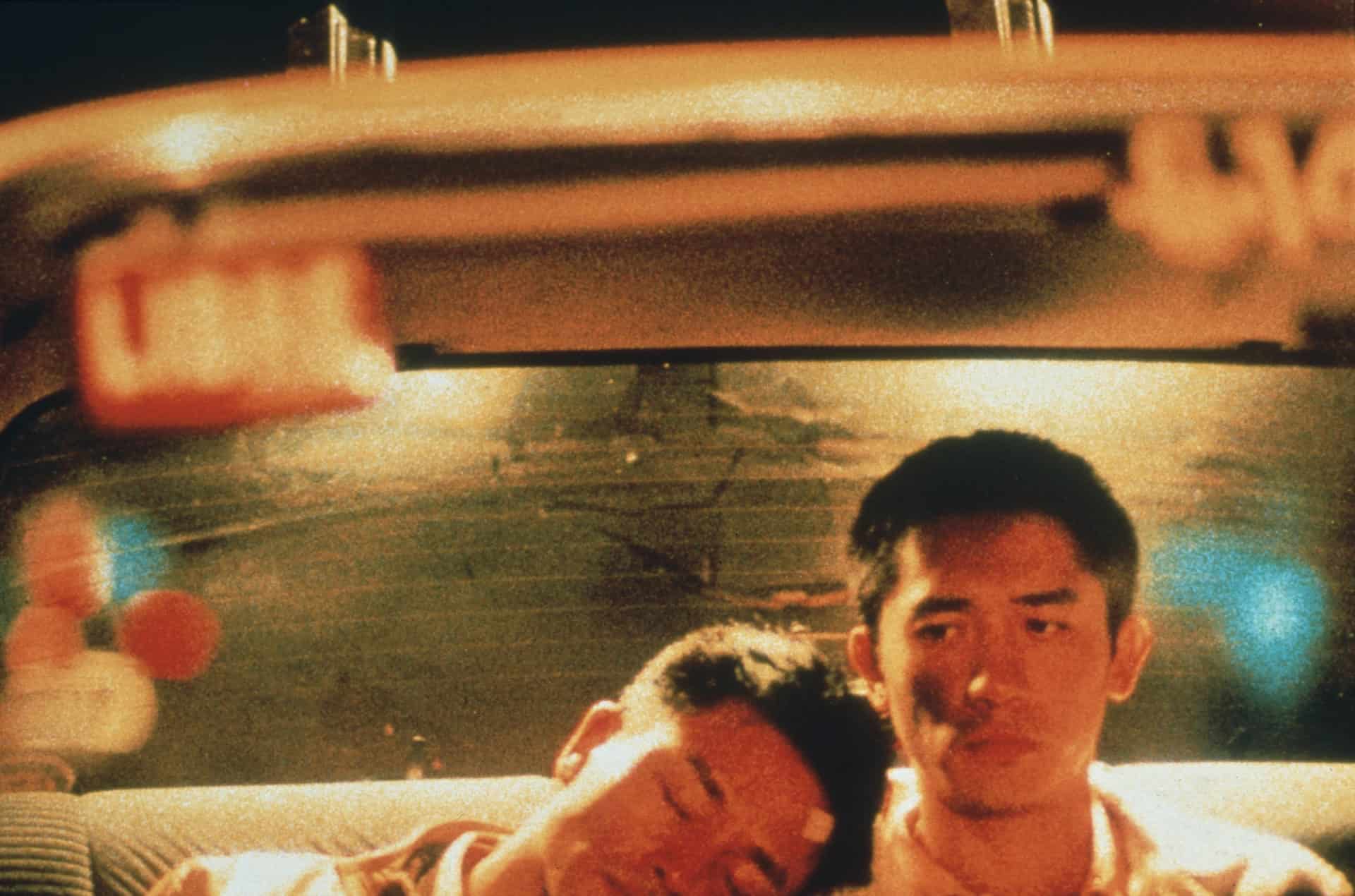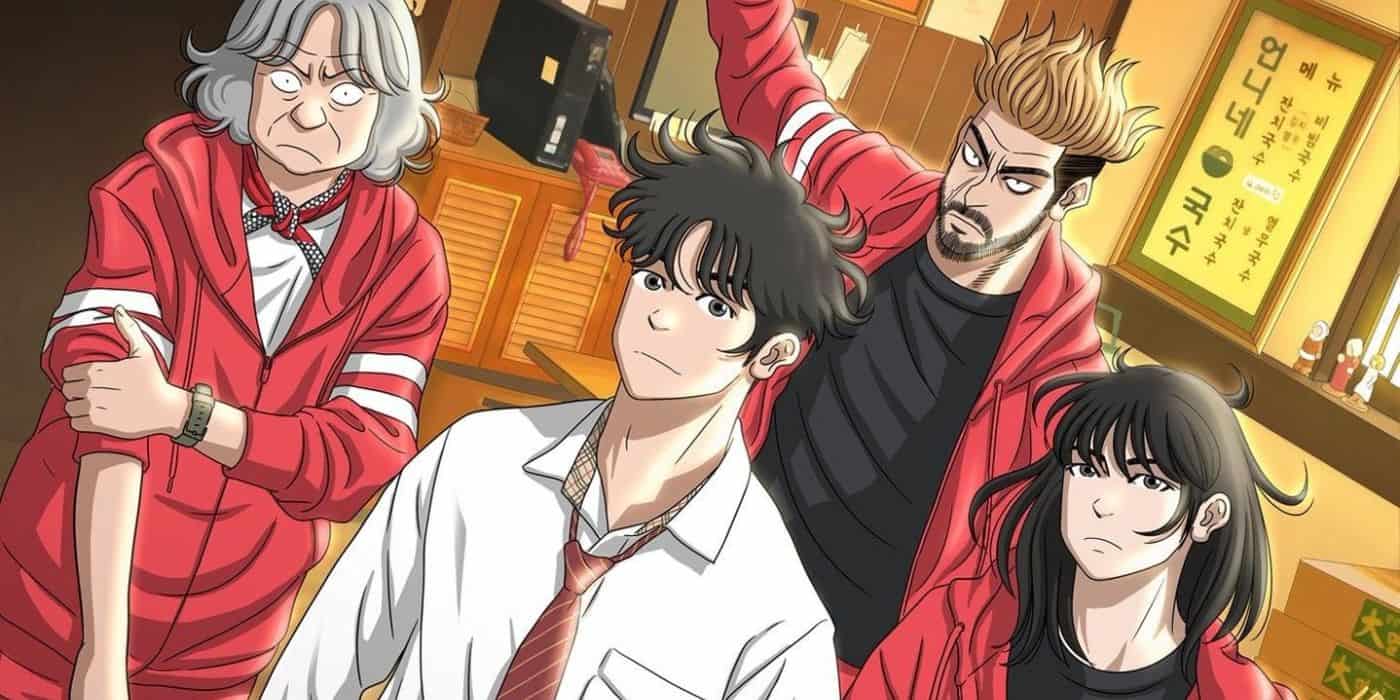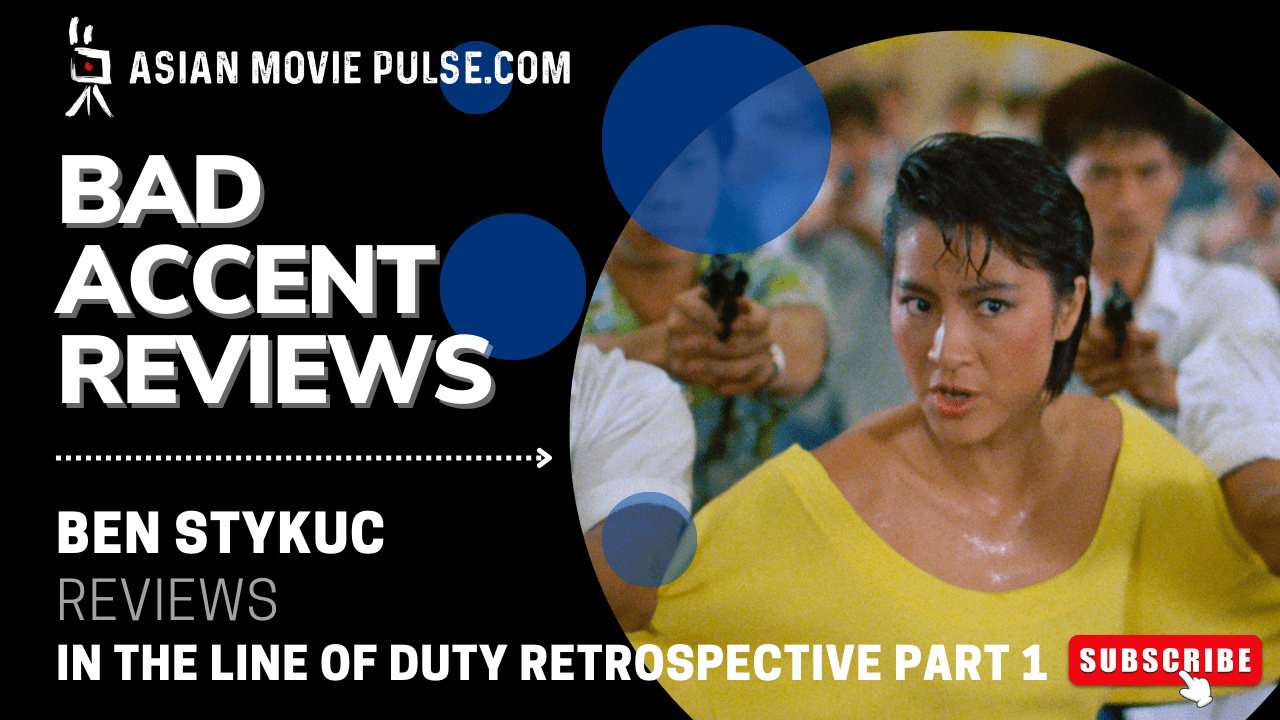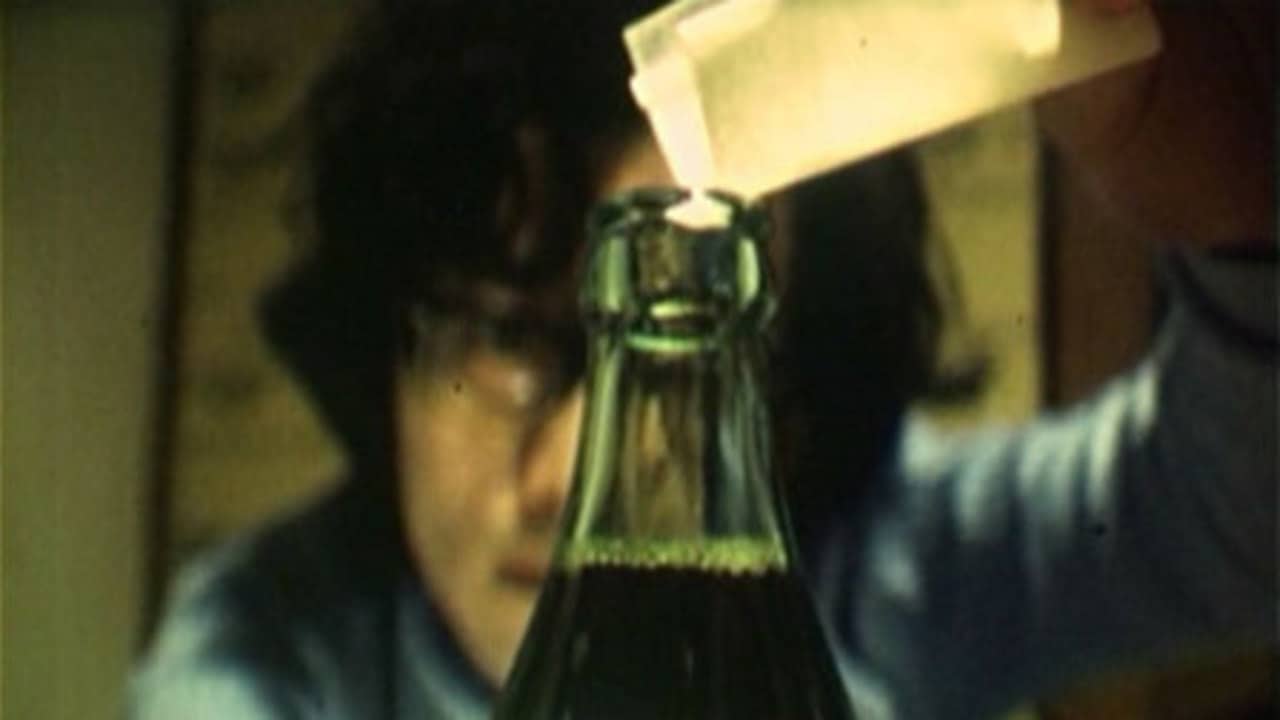“Last Run” is a stand out film in Miike's oeuvre, for a number of reasons, which, unfortunately, have very little to do with quality. The script of the film was kickstarted by a screenplay competition organized by TV Tokyo and Nikkei newspaper, who asked their readers to submit a feature-length story about a business-related topic. The winner was Keiwa Okada, who was inspired by the true story of a Japanese collector who paid US$ 18.8 million for a 1962 Ferrari 250 GTO, the largest sum ever paid for a single car at the time (source: Tom Mes, Agitator). Miike, the ultimate Director-for-hire was the right man for the job. However, the production was a good opportunity for him, since the big budget (for a TV movie) allowed him to shoot abroad and with a foreign crew for the first time, and particularly in Ferrari's hometown, Modena, and Imola, where the homonymous racetrack is.
Despite being based on a true event, the script is quite messy. It revolves around Morita, a Japanese former Formula 2 driver known as Kamikaze Run, who is asked by Onodera, an old friend and current representative of a large trade company, to function as intermediary for an auction of vintage cars. The owner of the cars is Gianpiero, an Italian who used to be Morita's main rival on the races, until an accident ended both of their careers. Onodera invites Morita to stay in his house until the auction, but his wife seems to have a past connection with the guest, while his son, soon takes a huge liking to him, to Onodera's raising frustration on both fronts. At the same time, his wife's younger sister has a relationship with a young race-driver, while Onodera cooperates with billionaire Kurosawa and Morita's ex-lover, Kyoko, in order to rig the auction, unbeknownst to him. Eventually, Onodera asks Morita to help him in his scheme.

Despite the hyperbole of the story, which would be more fitting for a daily TV soap opera than an actual movie, the film incorporates some socioeconomical comments, particularly regarding the blights of the burst of the financial bubble that started in 1990 and continued for almost a decade. The way people spend money in the movie and the practices of the company Onodera works for move in that path, with his whole persona actually aiming at presenting these comments. His greed and his failure to capitalize on his schemes eventually make him turn on his family, in essence making him the villain of the story, with Toshio Shiba being quite convincing on the part. Of course, in the end Miike presents him as the medium of another (cheesy) comment, that people should focus on their family and loved ones instead of being obsessed with money.
At the same time, and on the opposite axis, Morita constantly refuses the opportunity to get more money by becoming corrupt, thus becoming the hero of the movie, which in this case, also involves a certain level of cunningness, which is totally justified when pointed at the extremely rich and corrupt, according to the script. Koichi Iwaki showcases his evident charisma in the role, in a part though, that is rather easy.

Miike does not do anything special with the movie in terms of direction, with the exception of some real events from newspapers' headlines portrayed in the end, that highlight the aforementioned comments, and a number of scenes where a Ferrari is racing through the streets of a village, with the elderly taking notice from the windows. This part is also where Seiichi Harada's cinematography finds its apogee.
Apart from its biographic value, “Last Run” does not have much to offer as a film, with the story being filled with cheesy clichés and an overall atmosphere that would be called cinematic with great difficulty, with the film's only appeals being that it was shot in Italy with actual Ferraris, and the few socioeconomical comments.


